
If you’re like most elementary teachers, you’re always on the lookout for new and creative ways to keep your students engaged with word problems. Sometimes, the biggest challenge is getting them to attend the text. Enter Math Mad Libs: a playful twist on traditional problem-solving that brings laughter and learning together.
In this article, we’ll dive into what Math Mad Libs are, why they’re so effective, and how you can easily incorporate them into your classroom. Trust me, if you implement these in your classroom, you’ll have students begging for more word problems! (Yes, you read that right!)
What Are Math Mad Libs?
Math Mad Libs combine the fun of fill-in-the-blank stories with math problems. If you’re familiar with traditional Mad Libs, you know how it works: there’s a story with missing words, and children fill in the blanks with random words, creating a silly and often hilarious story. Now, imagine doing this with math problems instead!
In Math Mad Libs, students create silly math problems by filling in the blanks while the rest of the story remains unseen. Once the story problem is finished, children solve the problem! The story changes based on how the children fill in the banks, adding an element of surprise and excitement to the learning process.
For example, instead of a typical word problem like, “Sarah has 5 apples and buys 3 more, how many apples does she have now?”, a Math Mad Lib might say:
(Name) has (number) (noun) and buys (number) more. How many do they have now?
Students fill in the blank to first create the story, and then solve the math problems. Depending on the way they fill in the blank, the story will likely take an unexpected or funny turn.
Why Are Math Mad Libs Effective?
You might be wondering, “Why would I swap out my regular word problems for something so goofy?” The answer lies in student engagement and retention. Here are a few reasons why Math Mad Libs work so well in the classroom:
1. Increased Engagement
Traditional math problems can sometimes feel like a chore to students. Adding a layer of humor and creativity makes the task more enjoyable. Students are often excited to see what kind of silly story they’ll end up with, making them more willing to tackle math problems. When learning is fun, students stay engaged longer.
2. Collaborative Learning
Math Mad Libs naturally lend themselves to collaboration. Students can work in pairs or small groups to solve the problems and create the story together. This fosters teamwork and communication skills, as they have to discuss not only the math but also the story. And let’s be honest—students love sharing their funny Mad Lib stories with the class!
3. Emphasizes Word Problems as Stories
One of the most challenging parts of teaching math word problems is getting the students to consider the context of the story, instead of quickly pulling out the numbers and doing something with them. (Let’s be honest, our students who are guilty of this usually just add the numbers together.) Because the stories generated from Math Mad Libs are so entertaining, students can’t help but to focus on the story!
4. Differentiation for Diverse Learners
Because you can adjust the difficulty of the math problems, Math Mad Libs are great for differentiation. You can easily modify the stories to be as complex or simple as you want them to be. You can also provide a range of numbers that students must choose from when filling in the numbered blanks. This makes it an inclusive activity that reaches a wide range of learners.
5. Language Arts Connection
Math Math Libs authentically merges math and language arts together. Not only are students creating and engaging with stories, but they are also a great way to review grammar concepts like nouns, verbs, plural nouns, etc.!
How to Use Math Mad Libs in Your Classroom
Now that we’ve talked about the benefits, let’s get into the practical side. How can you bring Math Mad Libs to your classroom? Don’t worry, it’s easier than you think.
1. Start with Simple Math Concepts
If it’s your first time introducing Math Mad Libs, start simple. Use addition or subtraction problems with straightforward contexts. Once students get the hang of it, you can increase the complexity of the stories.
For instance, a more simple, introductory Math Mad Lib might be:
(Name) has (Number greater than 5) (plural noun) and loses (Number less than 5) at the (place). How many do they have left?
A more complex example is:
(Name) buys (Number ranging from 2-9) boxes of (thing), each with (Number ranging from 2-9) pieces. They share them with (Number ranging from 2-9) friends. How many pieces does each friend get?
2. Create Your Own Math Mad Libs
You don’t need any special materials to make Math Mad Libs work. You can easily turn the word problems you already have into Mad Libs. Just take out the names, numbers, and nouns, and there you have it! A Math Mad Lib!
3. Incorporate Seasonal or Thematic Mad Libs
Tie your Math Mad Libs to holidays, seasons, or classroom themes. For example, during Halloween, you might have a Mad Lib where students are solving math problems to figure out how many of something a character collects while trick-or-treating. This adds an extra layer of humor and keeps things fresh throughout the year.
4. Turn It Into a Math Center Activity
If you use math centers in your classroom, Math Mad Libs are a great addition. You can set up a station where students work with a partner or small group to complete the Mad Libs. Once they’ve finished, they can read their stories aloud to the group, adding a social and oral language component to the activity. Math Libs also make for a great early finisher activity!
5. Opportunities to Share
Trust me, your students are going to have so much fun with these, they’re going to be dying to share them with their classmates. Setting aside a time for your students to share their silly math stories with one another as well as the solution to the question will be imperative.
Wrapping Up Math Mad Libs
Math Mad Libs offer a unique blend of creativity, collaboration, and critical thinking that can transform your math class from routine to riveting. They not only help students practice essential math skills but also infuse a sense of joy and curiosity into the learning process.
Give Math Mad Libs a try in your classroom. Whether you’re teaching addition, multiplication, or multi-step word problems, this simple yet impactful activity can be adapted to fit your students’ needs. Plus, who doesn’t love a good laugh while learning?
Gone are the days of solving boring word problems. Watch how a once-dreaded activity suddenly transforms into your students’ favorite thing!

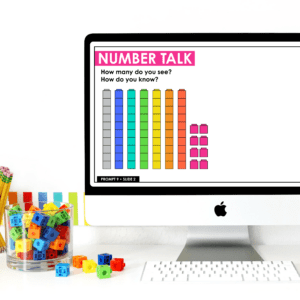
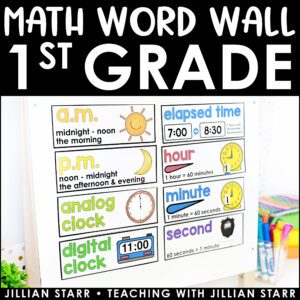
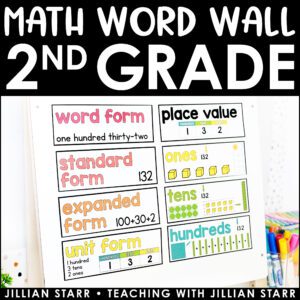
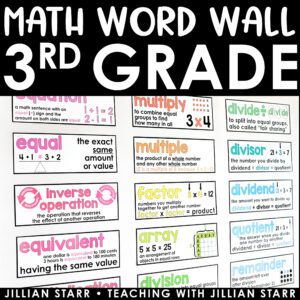
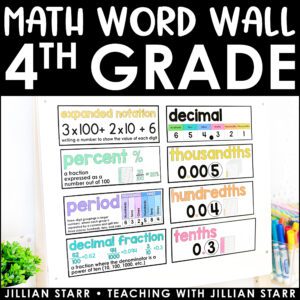
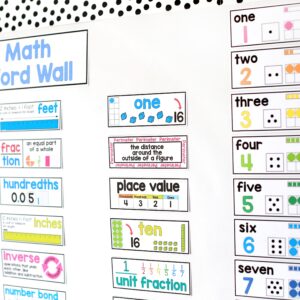
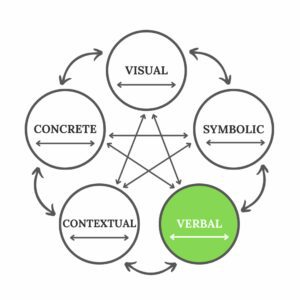
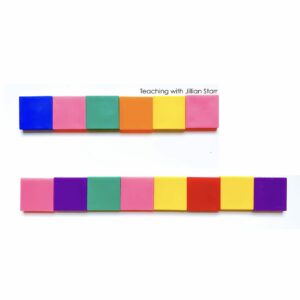


Leave a Comment